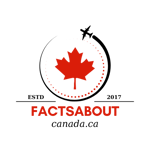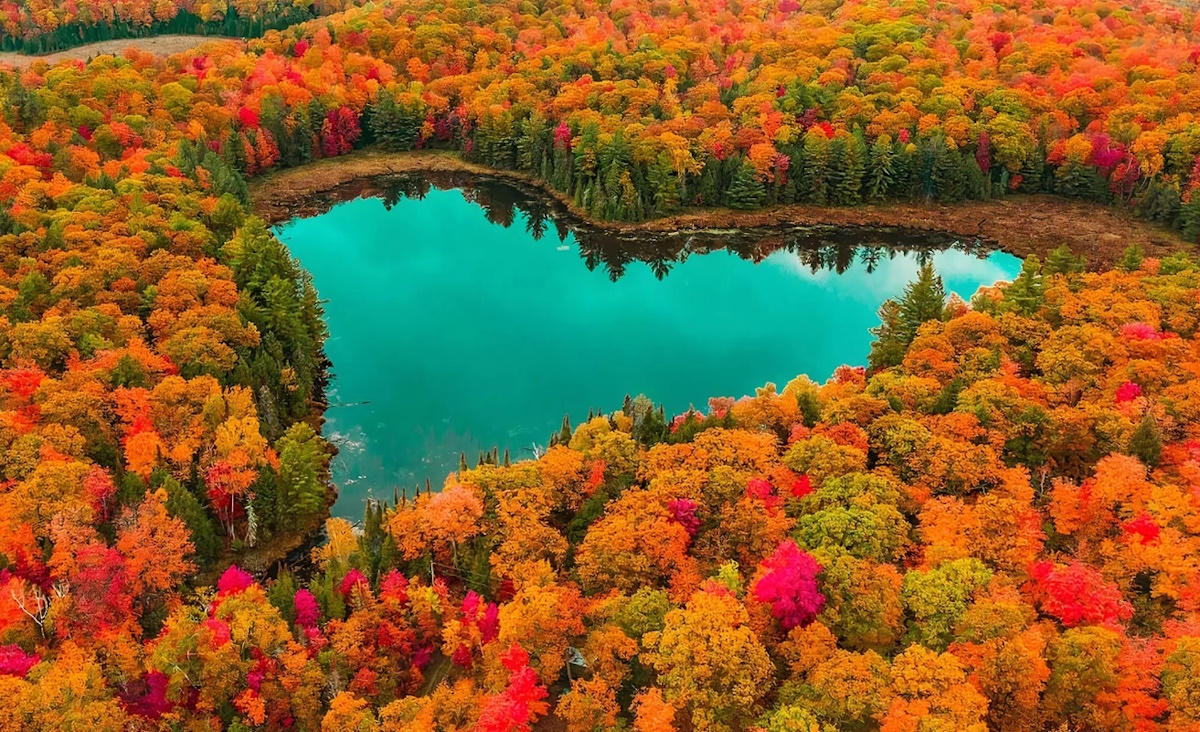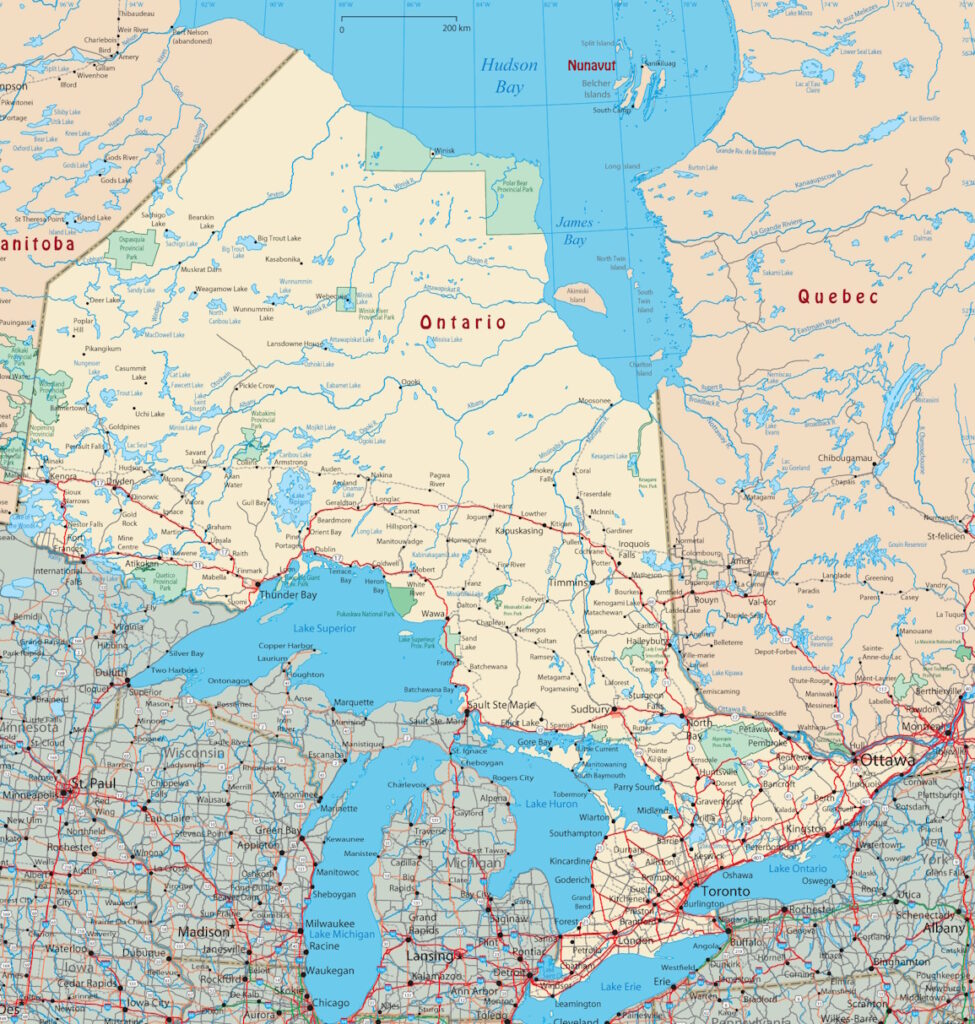Ontario: Facts that Prove It’s More Than Just Toronto
Ontario is Canada’s most populous province and economic engine, but beyond the big cities and bustling highways, there’s a world of natural wonders, quirky towns, and surprising history.
Get ready to discover the hidden gems of Ontario!
Mind-blowing Facts
-
Water, Water Everywhere: Ontario boasts over 250,000 lakes! That’s about one-fifth of the world’s freshwater supply.
-
Niagara Falls: An Obvious Wonder: Yes, this thundering spectacle is awe-inspiring and a major draw, but Ontario has tons of other gorgeous waterfalls to discover.
-
Polar Bear Capital (Sort Of): Polar Bear Provincial Park is the southernmost place these majestic creatures roam, but Churchill, Manitoba, often gets the title.
-
A Thousand (and More) Islands: This scenic archipelago in the St. Lawrence River actually has closer to 1,800 islands! Perfect for boating adventures.
-
Shakespearean Spirit: Stratford, Ontario, is a major North American hub for theatre, especially the famous Stratford Festival focused on the Bard’s works.
-
World’s Smallest Jail: Located in Rodney, Ontario, this tiny lock-up is more of a novelty than a place you’d want to spend any real time in.
-
Ottawa’s Winter Wonderland: The Rideau Canal transforms into the world’s longest skating rink during Winterlude – a true Canadian experience.
-
Sleeping Giant & Other Natural Wonders: Thunder Bay‘s iconic formation isn’t the only one. Check out the rock formations in Ouimet Canyon and the ancient sea stacks at Flowerpot Island.
-
The Great Outdoors: Ontario has more provincial parks than any other province or territory in Canada – a paradise for campers and hikers.
-
Butter Tart Trail: Sweet Delights: This culinary trail is a dream for any sweet tooth, leading to bakeries showcasing Ontario’s beloved butter tarts.
-
Sudbury’s Big Nickel: It’s exactly what it sounds like – a giant replica of a nickel coin and a Sudbury landmark.
-
Algonquin Park: Wildlife Haven: This vast park is home to moose, bears, wolves, and countless other creatures, perfect for nature lovers.
-
World-Class Wine Region: The Niagara region produces award-winning wines, especially icewine, made from grapes frozen on the vine.
-
Poutine Paradise: While originally from Quebec, Ontario has fully embraced poutine, with gourmet and creative variations found all over.
-
Multicultural Mosaic: Toronto is famously one of the world’s most diverse cities, but this multiculturalism extends across the province.
Conclusion
From bustling cities to pristine wilderness, thundering waterfalls to quirky roadside attractions, Ontario is a province full of surprises. So next time you plan a Canadian getaway, make sure Ontario is on your list – there’s more to explore than you might think!



Khalil -
The Canadian economy would literally collapse if Ontario decided to leave the Union.
Dan -
This is a good list but you forgot about the beautiful Muskoka.